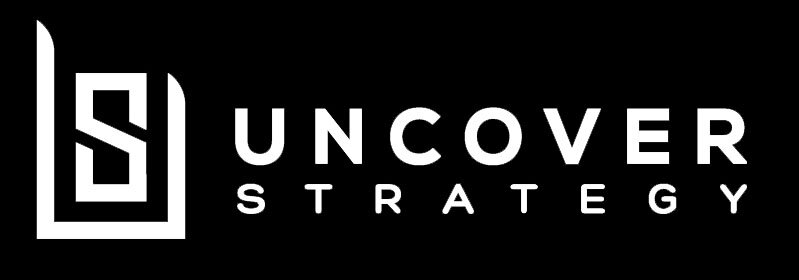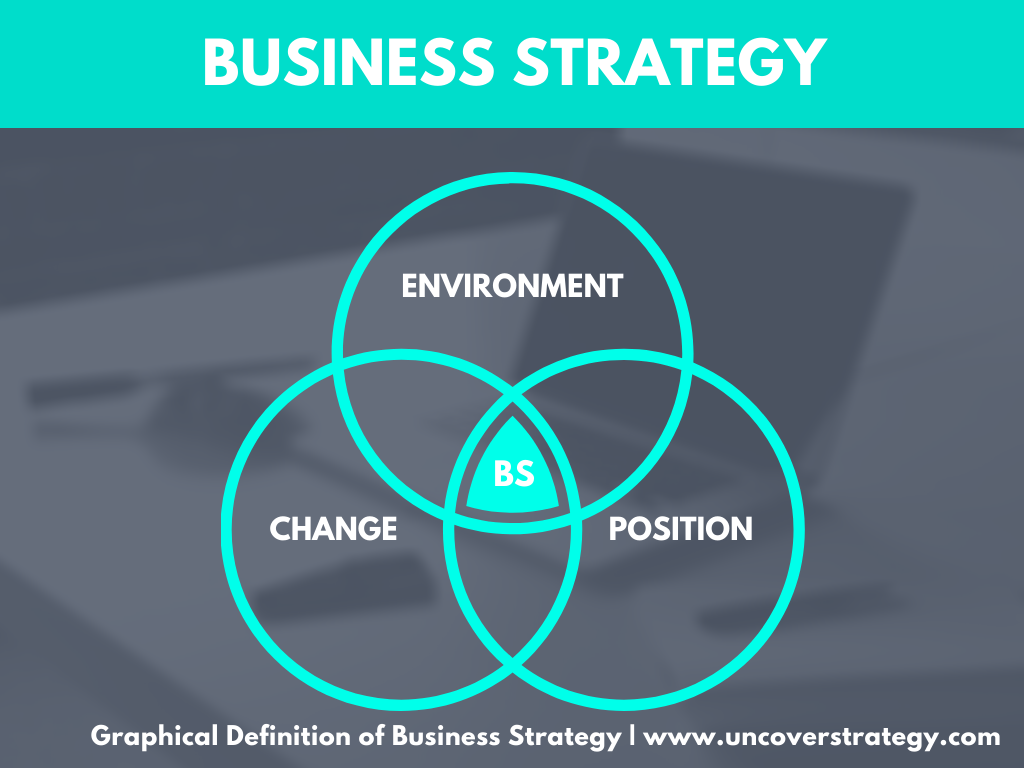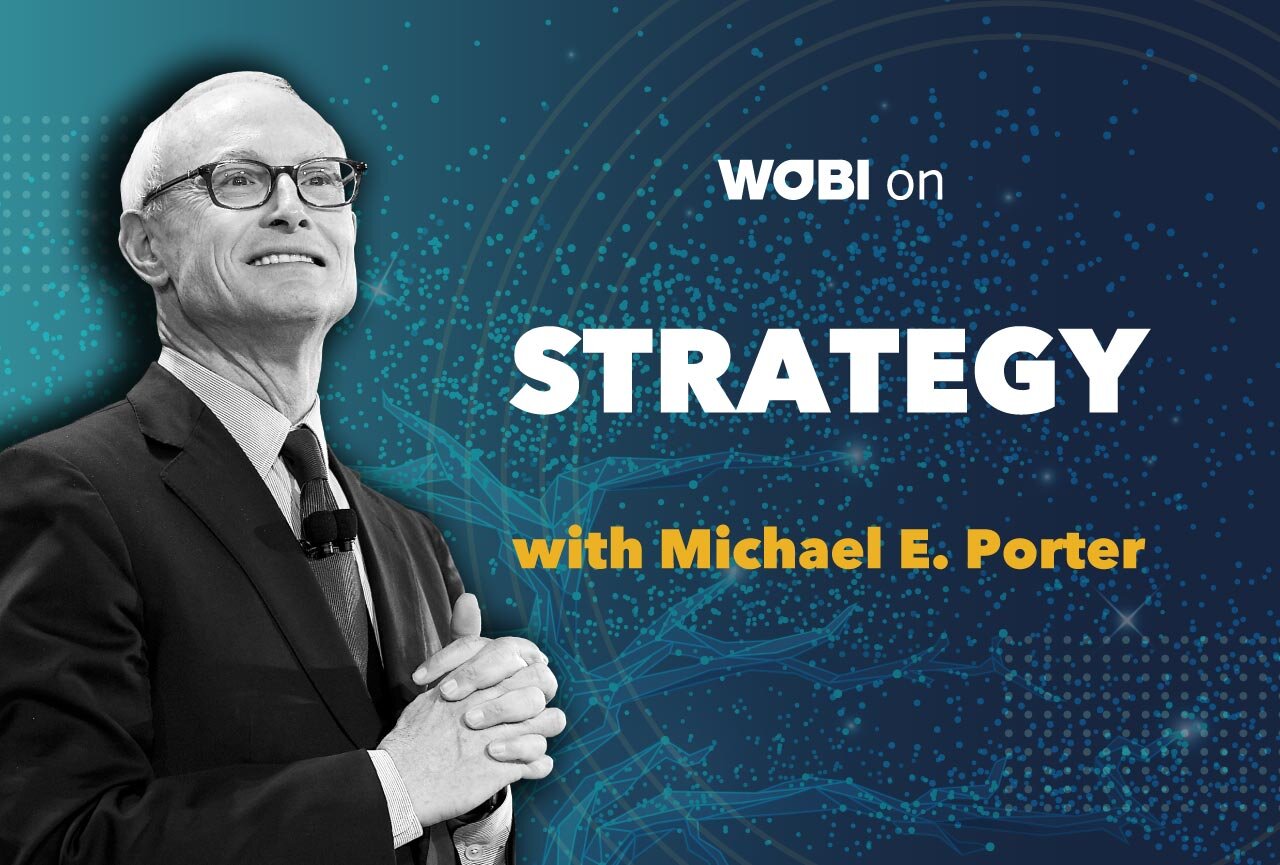What exactly is ‘strategy’?
Simple words.
Richard W. Oliver 2009 (2009) put the issue in great words when he said that most definitions of business strategy are written by academics for academics – and are often very complex. They might have you reading a (long) definition sentence again and again before you understand what is meant. Sometimes they can be way too narrow – sometimes overly broad (Strads 2007, p. 22). Additionally, according to Håkansson & Snehota 1989 (1989, p. 4), the term strategy in the business environment is ‘open to intuitive interpretation’ by individuals. Why do so many definitions differ from another depending on which era and context you are researching? Of course, research and new insights come into play here. But still.
Let us start with some pitfalls.
A great article from an expert in this field almost everyone in business knows is Michael E. Porter. He outlines significant pitfalls that clear up what business strategy is precisely not about in order to establish a sense of what strategy is about.
Many strategies mentioned here and in my other posts link to generic strategies - all of which are explained in the publication of Porter: Cases in Competitive Strategy all the way back from 1983.
1 | Operational Effectiveness Is Not Strategy - Porter 1996 (1996, p. 63)
While you certainly need to have operational effectiveness to be successful, Porter points out that you most probably could be easily copied. A strategy is evolving around positioning in the market and maintaining that position. This is what you would call sustainable profitability.
2 | Strategy Rests on Unique Activities - Porter 1996 (1996, p. 64)
The example of US airline Southwest Airlines has been a business favorite for a long time and also suits this example well. The airline succeeded by gearing all activities towards low-cost, convenient experiences. Other airlines tried to replicate this often, but many failed Southwest carried out activities uniquely (e.g., no fixed seating, no food onboard).
3 | A Sustainable Strategic Position Requires Trade-offs - Porter 1996 (1996, p. 68)
Again, the example of Southwest comes in handy for an explanation of this point of Porter. If Southwest did not have all its activities aligned with their strategy, they could have been running into serious issues. For example, Southwest has started operating a unified fleet of aircraft, minimizing cost. If the airline had wanted to also serve first-class customers or long-haul flights, different aircraft would have been necessary. Not offering these services was a trade-off but was required in order to sustain the market position and focused activities.
4 | Fit Drives Both Competitive Advantage and Sustainability - Porter 1996 (1996, p. 70)
If individual activities do not fit well together (e.g. offering low-cost and first-class flights and everything in between), they can not influence each other in the best way possible. ‘Strategic fit among many activities Is fundamental not only to competitive advantage but also to the sustainability of that advantage - Porter 1996 (1996, p. 70). Activities such as limited passenger service, low ticket prices, high aircraft utilization, lean ground, and gate crews eventually complement each other and form vital links.
Common definitions.
During my research for this article, here are some of the definitions I gathered. Most of them are understandable, but in my opinion, do not capture or express what strategy really is or can be for an organization. While the word strategy itself means ‘generalship’ and is derived from the Greek word strategia (Richard W. Oliver 2009), too generic definitions can lead to a wrong path. This is also the case for the first definition from Strads 2007 (2007, p. 22).
‘With some slight variations in definition, “strategy” is widely used to refer to the plans and actions that firms take to achieve their objectives.’
- (Strads 2007, p. 22).
More precise while maintaining a relatively low complexity in words is, in my opinion, the definition of David J. Teece, Gary Pisano & Amy Shuen 1997 (1997, p. 509):
‘The fundamental question in the field of strategic management is how firms achieve and sustain competitive advantage.’
- (David J. Teece, Gary Pisano & Amy Shuen 1997, p. 509)
Lastly, an article in the Harvard Business Review from 2007 states:
‘A business strategy is a set of guiding principles that, when communicated and adopted in the organization, generates a desired pattern of decision making. A strategy is therefore about how people throughout the organization should make decisions and allocate resources in order accomplish key objectives.’
- Harvard Business Review 2007 (2007)
All of the examples above put different thoughts in my head. I found it hard to understand them all after reading them only once. Can’t we break this down any further?
My personal favorite.
To keep the right balance between complexity and entireness (Richard W. Oliver 2009) I also have my opinion to contribute to the existing discussion. And I thought to myself: Why not a simple block-graphic overview to make it memorable and easy? So I gave it a try below (let me know what you think).
Covering it all but maintaining simplicity, though, is not easy. Therefore, I wanted to ‘break it down’ into these three chunks below, which I hope are more memorable. I love the definition from Richard W. Oliver 2009 (2009). His definition inspired the graphical definition below.
A strategy is the understanding of the following, to act and improve the goals of an organization.
Graphical definition of business strategy developed by Simon Beuse, aimed at keeping a high memorability with reduced complexity (inspired by Richard W. Oliver (2009)).
The great and straightforward article from Richard W. Oliver 2009 (2009) puts it fantastic, in my opinion (buy the article here). Moreover, it gives it an easy explanation, too. The blocks above define what to analyze and what strategy can be for an organization.
The environment should emphasize that one has to understand the industry structure and its specific dynamics. If you work in a wholesale environment for steel, it will undoubtedly be different from a wholesale perspective of the transport industry.
Positioning, the second point in the graphic, describes that it is essential to determine where and with which attributes an organization is acting in this industry. A simple example is the generic strategies from Porter 1996 (1996, p. 63). There a cost-oriented organization can position itself better if, comparatively speaking, the competitors are more pricey.
Lastly, change is needed. Interestingly enough, Richard W. Oliver 2009 (2009) points out two possible changes, and I would agree. The first one would be to change the organization's position – that is the obvious one. The second one is to change the entire industry (buzzword: disruption).
Making strategy ‘real’.
Through this research, I hope to contribute to some of the discussion on what business strategy really is about further. Most importantly, however, for this blog, I wanted to create simplicity. And with simplicity, hopefully, a more ‘realistic’ feeling approach towards this topic.
Strategy for many in business is this distant thing that happens at the top of the pyramid. However, it influences and guides all activities in an organization at the very end. As said before, a correct fit and complementing activities make the difference. You want to put the ladder onto the right wall before trying to climb up as fast as possible. You certainly do not want to realize at the top that it stood at the wrong house (I do not remember where I reread this quote of if it is entirely correct – but you get the point).
If you are interested in getting a kick-start into the topic, why don’t you join the ‘legacy event’ of Porter next month in November (besides keep reading this blog, of course)? Porter is undoubtedly known as one of the greatest influencers and creators of knowledge in this field. Let me know, and we could meet up at the event and have a chat – I would certainly be happy to hear your thoughts.
Interested in more? Check on the WOBI on Strategy with Michael E. Porter this upcoming Novermber 2020. See you there!
At this point, I especially want to thank the event organizer WOBI for the support in this matter and to make it easier for me to join the conference. Without you, my attendance at this event would have been questionable.
If you are interested in the event, check out their event page here.
Note: Apart from the mentioning of WOBI above, the content of this article has not been influenced in any way and fully stands behind the exclusive and independent opinion of the author of this blog.
References
David J. Teece, Gary Pisano & Amy Shuen 1997, ‘Dynamic capabilities and strategic management’, vol. 18, viewed 20 October 2020, <https://onlinelibrary-wiley-com.access.library.unisa.edu.au/doi/pdfdirect/10.1002/(SICI)1097-0266(199708)18%3A7%3C509%3A%3AAID-SMJ882%3E3.0.CO%3B2-Z>.
Håkansson, H & Snehota, I 1989, ‘No business is an island: The network concept of business strategy’, Scandinavian Journal of Management, 5(3), 187-200.
Harvard Business Review 2007, Demystifying Strategy: The What, Who, How, and Why, 22 March, viewed 22 October 2020, <https://hbr.org/2007/09/demystifying-strategy-the-what>.
Porter, M 1996, ‘What is Strategy?’, viewed 10 September 2020, <https://iqfystage.blob.core.windows.net/files/CUE8taE5QUKZf8ujfYlS_Reading+1.4.pdf>.
Richard W. Oliver 2009, ‘What is Strategy Anyway?’.
Strads, G 2007, ‘Harreld CMR prepdf su07’, viewed 20 October 2020, <https://journals-sagepub-com.access.library.unisa.edu.au/doi/pdf/10.2307/41166404>.





